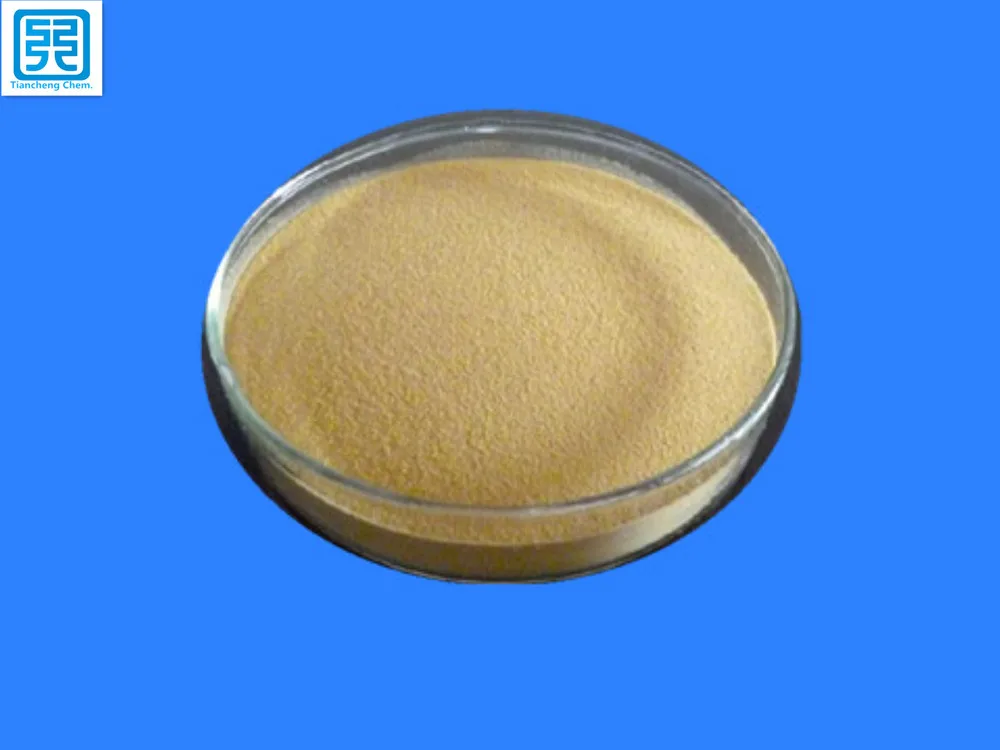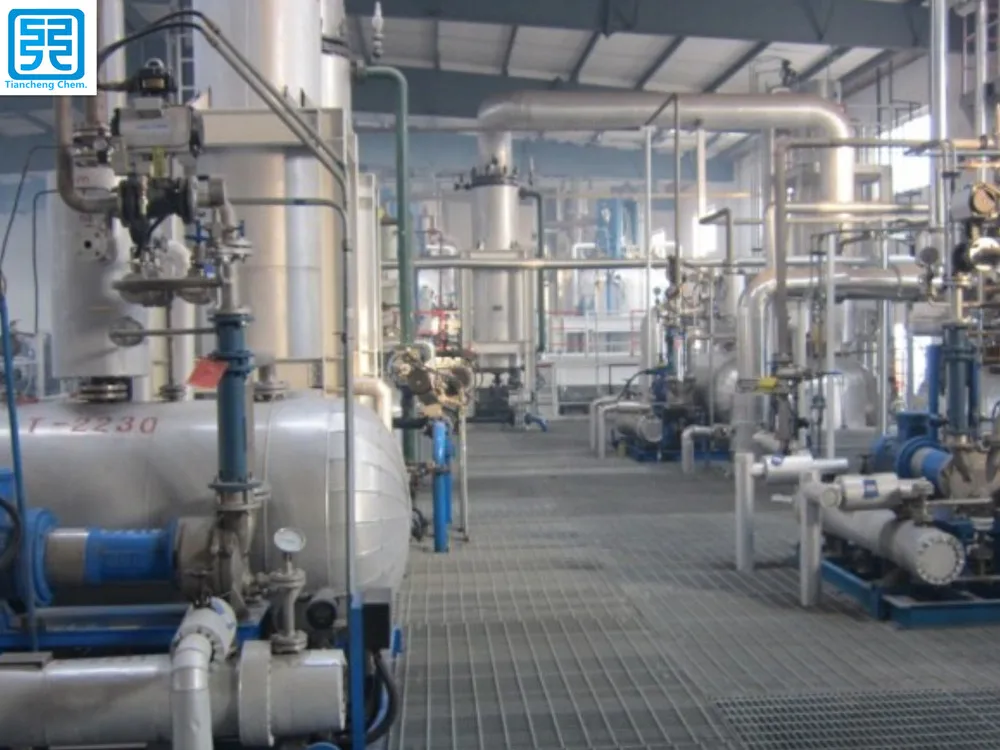1. Cows are resistant to heat and cold: In summer, the feeding and management of dairy cows is mainly to prevent heatstroke and cool down, so as to alleviate the damage of cows caused by high temperature and high humidity. Some farmers only pay attention to regulating the aquaculture environment and neglect to adjust feed structure and improve feeding techniques. 2. Feeding method: Higher temperatures can easily lead to spoilage and deterioration of feed fermentation. Dairy cows at the end of the lactation eat 1 to 1.5 kilograms of fine material per 100 kilograms of body weight per day in the summer, and are fed 4 times a day. The green and blue succulent feed is fed 35 to 45 kilograms per day. 3. Feed: Summer cows have reduced appetite and reduced feed intake, resulting in decreased milk production. The feed intake of dairy cows began to decrease at 22°C to 25°C, and decreased by 40% at 30°C. Therefore, summer should be focused on improving the appetite of dairy cows, and feeding feeds such as hay, carrots, and beets must be fed with good palatability and digestibility. Fatty acid calcium can be added to the feed, and whole-grain cottonseeds, etc., can pass through the rumen fat, and the fat content in the diet can reach 5% to 7%. The summer diet should be small and high in concentration. 4, time: should choose to increase the amount of feed at night when the temperature is lower, from 20 pm to 8 pm the amount of feed can account for 60% to 70% of the daily diet. 5, drinking water: summer should ensure that the cows drink clean and adequate drinking water, and increase the number of drinking water, water temperature to 10 °C ~ 15 °C best. 6. Additives: In summer, due to increased breathing and perspiration, mineral intake is often insufficient. Therefore, potassium, calcium, sodium, magnesium, phosphorus, and other minerals should be added to the diet. Potassium can be increased to account for 0.8% to 1.3% of dietary dry matter, sodium 0.5%, and magnesium 0.3%. Tests have shown that each cow feeds 5 mg of potassium iodide each day during the summer, which can greatly reduce the impact of heat stress on dairy cows and increase milk production by 24%. In addition, if 0.1% to 0.2% methionine is added to the diet, the milk yield can be increased by 15% to 24%, and the feed conversion rate can be increased by more than 100%. That is, adding 1 to 2 kg of methionine per ton of feed can save 100 kg. Formulated feed. Urea phosphate is a new prolonging agent for domestic ruminants such as cattle and sheep. For example, supplementing 150 g per cow per day increases daily milk production by 1.33 kg, and increases daily gain and feed conversion by 10% and 8%, respectively.
1. Chemical Composition:sodium methylene bis-naphthalene sulfonate
Affinity: have an affinity for protein and polyamide fibers, for cotton, hemp and other fibers no affinity.
Miscibility: may mix with anionic and non-ionizing surfactant simultaneously.
Items
Indicators
Type
First Grade
Qualified
Appearance
Beige brown powder
Beige brown powder
Dispersancy (Standard substance)
≥100%
≥95%
PH Value (1% water solution)
7-9
7-9
Sodium sulfate content
≤3%
≤5%
Fineness (residuals of 60 mesh/screen)
≤5%
≤5%
Calcium and magnesium ions, Ppm≤
1000
4000
Impurities (non soluble in water)
0.05%
0.10%
3. Application Dispersant N,Dispersant,Dispersing Agent Nno,Dispersing Agent Shandong Tiancheng Chemical Co., Ltd. , https://www.akdchemical.nl
Appearance: beige brown powder
Solubility: soluble in water of any hardness
PH value: in 1% water solution, PH = 7-9
Performance: good diffusion and protective colloid, and no penetration and foaming .
Ion: anionic.
Stability: resistance to acid, alkaline, hard water, salt.

2. Specifications indicators

Printing and dyeing industry: mainly used for dyeing vat dyes suspension, leuco acid staining, dispersion and soluble vat dyes dyeing. Also be used for silk / wool interwoven fabric dyeing, the yarn is no color. Mainly used for industrial dye dispersion and diffusion of color lakes manufacturing additives.
Building materials industry: as early strength cement water reducing agent, the amount of 0.5-1% by cement after the shock has good dispersion effect, increasing the strength of cement. Diffused N of concrete tensile strength, impermeability, frost and compressive modulus of elasticity are improved, no corrosion of steel effect.
Pesticide industry: It can be widely used in wettable pesticides, with good dispersion and solubilization, can significantly improve the efficacy, dosage according to product requirements. Example: buprofezin, the amount of 3-5 %; thiophanate amount of 0.8-1.5 %, 0.8-1 % Kai Ling vegetables.
Electroplating industry: the color is added, crossing pigment dispersants N allows uniform dispersion can significantly improve the plating surface brightness, and the amount is usually 10% of the pigment.
Rubber industry: rubber (latex) of industrial production process, the dispersed substances such as sulfur accelerator, antioxidant zinc oxide fillers ( such as barium sulfate , calcium carbonate ), etc., added to the dry weight of a dispersing agent N2-4% , 10% dispersant solution prepared in advance , and along with the other components in a ball mill grinding , can improve the dispersion effect and shorten the milling time .
Packing: 25kg bags.
Storage: two years and must be upload and download lightly.